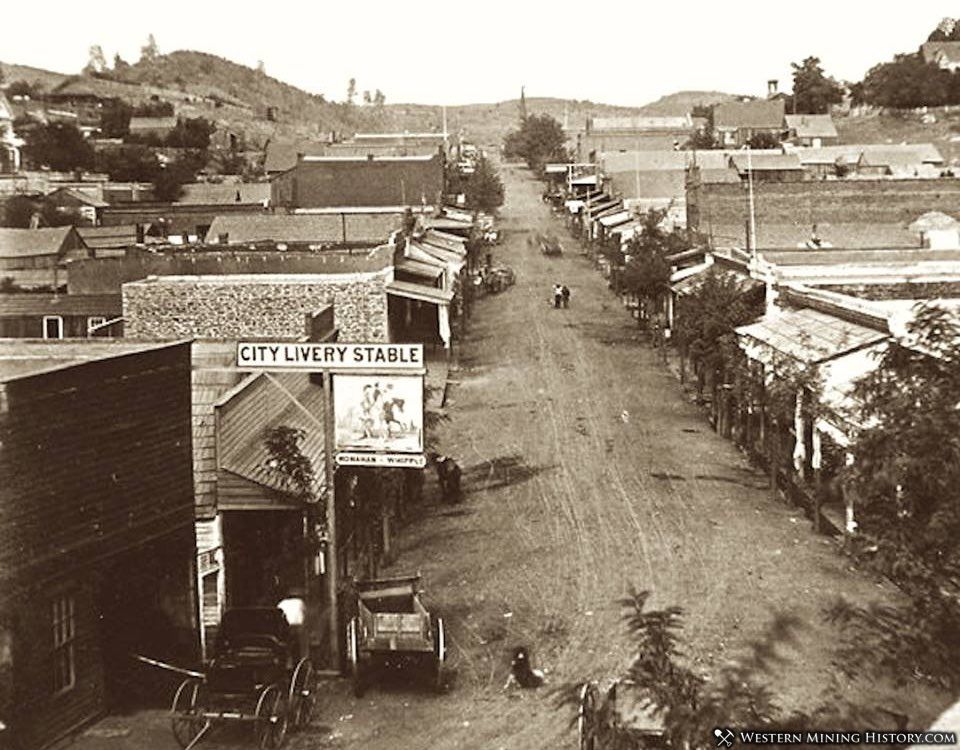Sonora History
Sonora was known as the "Queen of the Southern Mines" and was the largest and most important city in the southern part of the great Sierra gold belt. It was also one of the roughest and most lawless camps of all the Gold Rush settlements in California.
Sonora was founded by Mexican miners in 1848 and named after the state of Sonora, Mexico. In early 1849, news of the area's rich gold mines spread, attracting miners from across California to Sonora and the southern mines. By late 1849, the Sonora district was home to over 10,000 Mexican miners and 4,000 American and European miners.
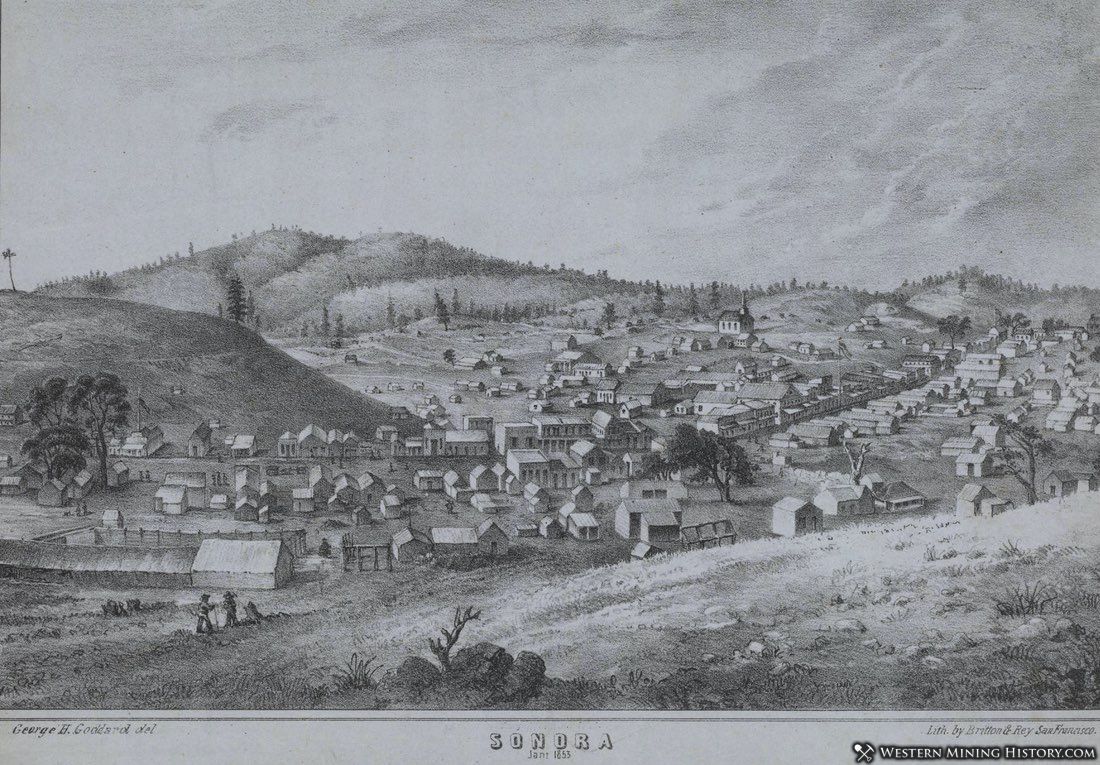
The camp of Sonora quickly grew into a booming center of trade and commerce. A citizen of Sonora described the town in 1851: "Sonora is a fast place and make no mistake. We have more gamblers, more drunkards, more ugly, bad women, and larger lumps of gold, and more of them, than any other place of similar dimensions withing Uncle Sam's dominions".
As more and more Americans poured into the Sonora District in 1850, tensions with the Mexican miners escalated. The Americans were determined to drive the Mexicans off of their claims, and violent conflicts erupted. In June of 1850 the state Legislature passed a law requiring a $20 per month tax from all foreign miners. Thousands of Mexican miners banded together to denounce the tax, and declared they would defy tax collectors.
The situation continued to escalate as more Americans poured into the district and organized into rifle companies which patrolled the streets of Sonora. Mexican guerilla groups began robbing and murdering miners, stagecoaches, and businesses. A July 1850 newspaper article reported on the violence:
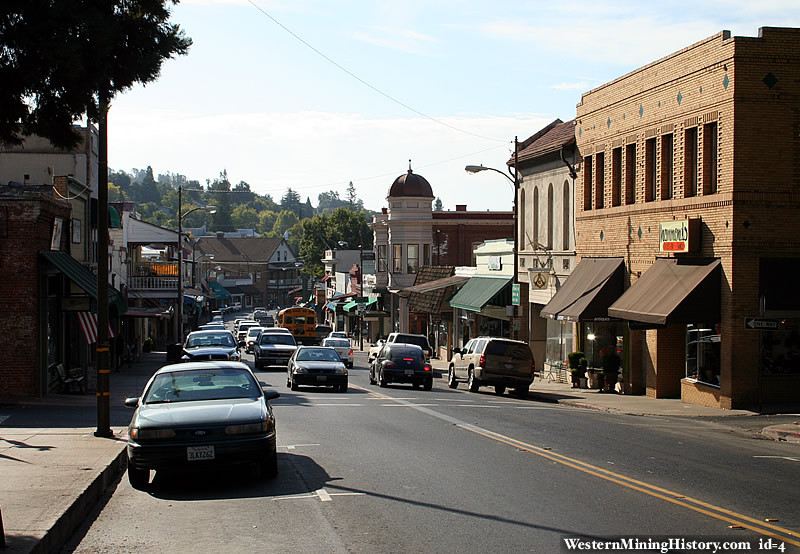
A most alarming state of things exists in a portion of the Southern mines. Around Sonora, scarcely a night passes without a murder, and where the miner retires to his repose, he knows not but that the morrow's sun will find him the victim of the assassin's knife. It is thought that within the two last weeks twenty men have been murdered in that neighborhood. A public meeting is called for Monday evening to adopt such measures as the urgency of the case demands.
The situation culminated in July, 1850 when thousands of armed miners met and passed resolutions stating that all foreigners were to get out of Tuolumne County within 15 days. The resolutions were enforced in just a few outlying camps as most of the Mexicans in the district decided that they had enough, and thousands began the long march back home.
By September Sonora had lost almost half its population, and the town fell on hard times. In 1851 the foreign miner tax was repealed and some of the expelled miners and businessmen returned, but Sonora's big boom was over.
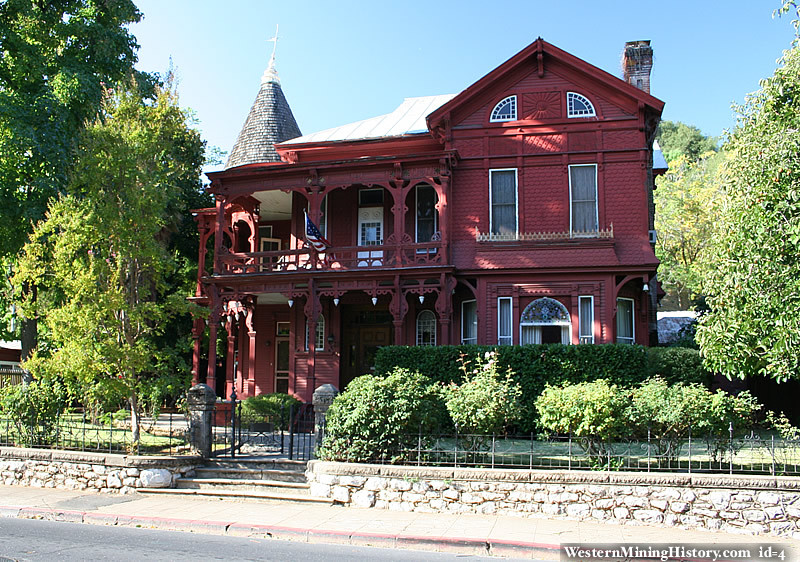
Despite the fallout from the events of 1850, Sonora remained and important city among the mines and camps of the area. Shedding it's reputation as a lawless boom town, Sonora evolved into one of the most civilized and lawful cities in the entire state.
Sonora endured as the center of the Southern Mines region well into the 1900s. When the placer gold ran out, lode mining became important and the city remained the trade hub for the new hard-rock camps. Agriculture and timber operations also contributed to the lasting prosperity of the city.
Today Sonora is still going strong with almost 5,000 residents and is still the county seat of Tuolumne County. Numerous historic buildings remain and the town is an excellent tourist destination for travelers interested in Gold Rush history.
It All Started With The Gold Rush
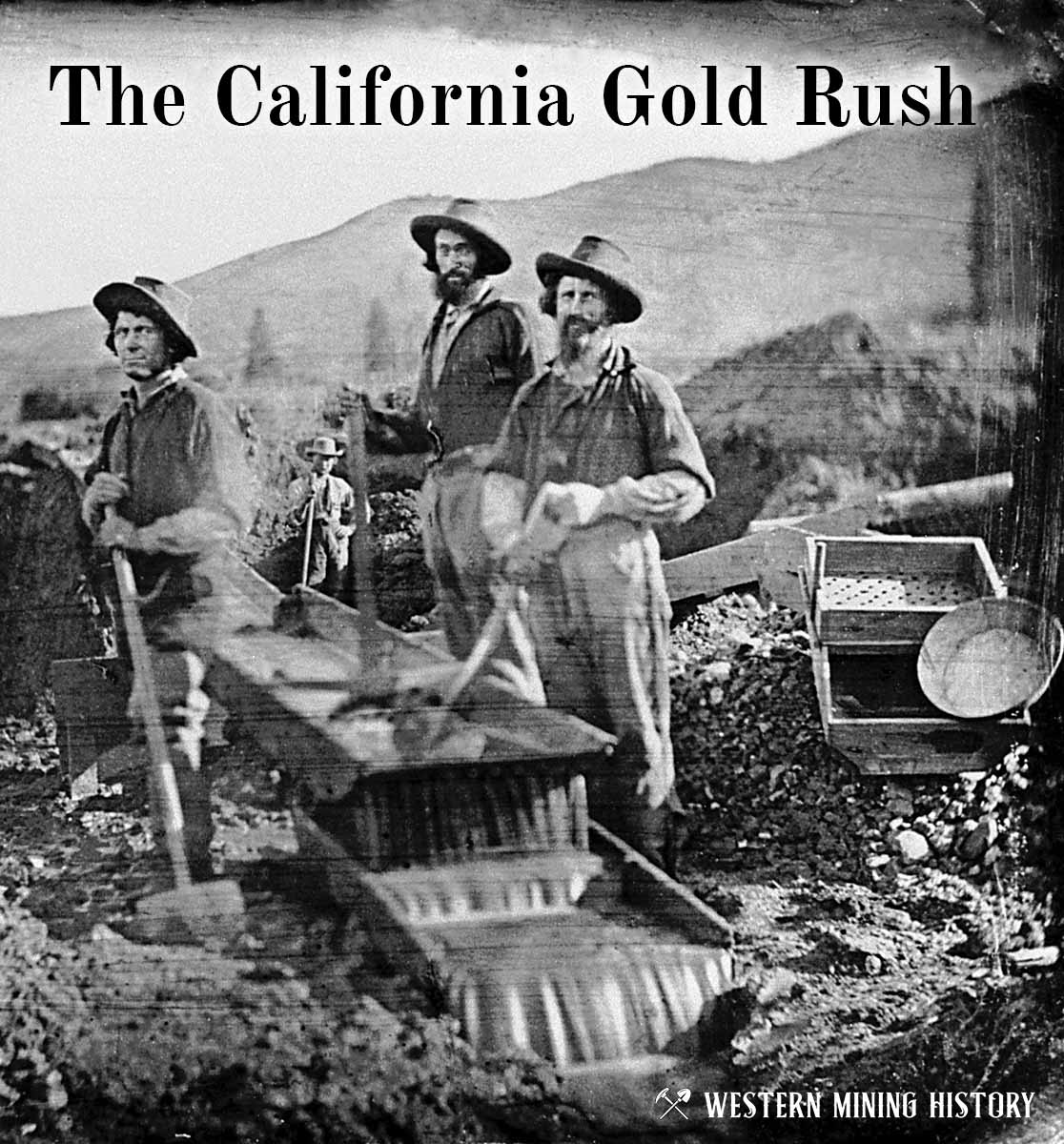
The great California Gold Rush kicked off the entire saga of western mining. Read about it at The California Gold Rush.
California Gold

"Where to Find Gold in California" looks at the density of modern placer mining claims along with historical gold mining locations and mining district descriptions to determine areas of high gold discovery potential in California. Read more: Where to Find Gold in California.
